The bizarre world of woodlice: 176 crazy nicknames and seven pairs of lungs
The friendly little woodlice with whom you share your garden – and your home – are creatures of extraordinary wonder. Ian Morton's article will make you wonder why you've never stopped to marvel at these little chaps before now.
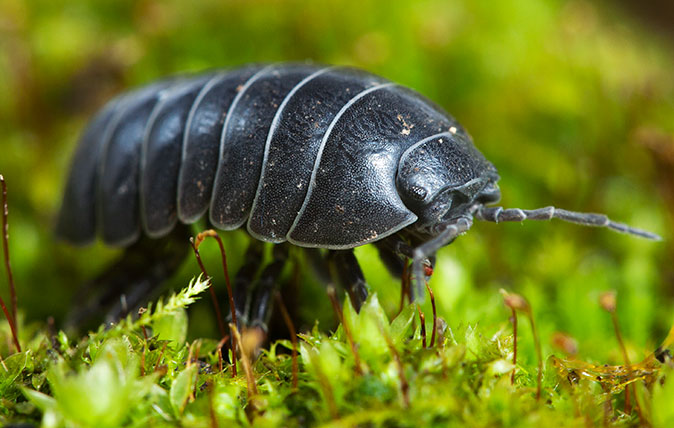

Bibble-bug, chisel-hog, palmer-worm, monkey-pea, chuggy-pig, roly-poly, Johnny-grump and slater: these are just a handful of the extraordinary number of nicknames garnered over the centuries by a diminutive crustacean that attracts scant regard or affection today. Many were spelling variations, but the sum total has been put at 176.
Some names related to special properties. Lockchester, recorded in a 15th-century English-Latin dictionary, Promptorium Parvulorum, compiled in Norfolk, recognised its ability to curl into a ball.
Cudworm, a Shropshire name, referred to its local function as a cattle-feed supplement. Cheesy-bob noted its collective odour. Carpenter and coffin-cutter reflected its woody habitat. Armadillo-bug drew an obvious comparison.
By far the greatest number of folk names related to pigs – 94% of them, according to one assessment.
In 1988, with the help of the Devon Women’s Institute, researcher Dr F. J. M. Laver recorded name distribution across seven county areas with sow-pigs in 81 cases, chucky-pigs in 31, grammer-pigs and granny-sows in 24, pigs in 15 and pigs-lice in 14.
The reason? Woodlice look like feeding piglets or pigs huddled in a pen. Presumably the same thought struck the classifiers who placed common varieties in the porcellionidae family – ‘porcella’ is Latin for piglet.
For a century and more, the nomenclature has engaged a succession of good folk concerned about the depletion of our language heritage. In 1917, the St Andrews University ornithologist Dr Walter Collinge, who had compiled more than 100 local names, appealed to readers of Nature for more and he was still in pursuit in 1935 and 1946.
Sign up for the Country Life Newsletter
Exquisite houses, the beauty of Nature, and how to get the most from your life, straight to your inbox.
Devon conservationist H. G. Hurrell compiled a three-figure list and a 1965 report on Devon dialects by Gillian Moore listed 34 names. In his Fauna Britannica of 2002, horticulturist Stefan Buczacki noted more than 150 names. Inevitably, lists overlapped, but the quest continues.
‘They don’t bark at the neighbours and they don’t poo on the carpet – what more could you want?’
As recently as 2015, the British Myriapod and Isopod Group (BMIG) issued a lengthy resume on the whole name-gathering narrative.
Rural youngsters have always been fascinated by the little creatures. The great British engineer Sir Harry Ricardo described how he and fellow pupils at their Rottingdean prep school whiled away boring Sunday sermons by racing woodlice on the shelf on the back of the pew in front, coaxing their runners – identified by paint specks – to greater speed by judicious tickling with feathers. Too much urging and a competitor curled into a ball and suffered disqualification. Among those to whom young Harry imparted his technique was family friend Rudyard Kipling.
Zoological archaeologist Julie Curl recommends woodlice as pets for children at home and school. Kept in an old fish tank or plastic storage container in a layer of compost or leaf litter sprayed to remain moist, they will live on kitchen peelings and can be left for long holiday periods without harm.

‘They’re interesting to study and are very good if you have an allergy to the usual fluffy pets,’ notes Miss Curl.
‘They don’t bark at the neighbours and friends, don’t scratch the furniture and don’t poo on the carpet – what more could you want?’
Of the order Isopoda and related to lobsters and crabs, woodlice have been around virtually forever. Ancestral trilobite fossils date from the Eocene period 50 million years ago, but the existence of some 3,500 species worldwide suggests that they were present before the continents drifted apart 110 million years earlier. They were here, of course.
'Some have two pairs of lungs, some seven and some no lungs at all.'
Sifting debris from two archaeological sites in Leicester centre, including High Street cellars, entomologist Jon Daws found mineralised woodlouse fragments from the Roman period and intact examples from 1100 to 1400. Five species were present, four of them widespread and common, but one was associated with farm buildings and to find Porcellio dilatatus in an early urban dig ‘was quite exciting’, declared Mr Daws.
Today, nearly 50 types are found in Britain, of which 37 are native or naturalised and the rest have arrived with imported houseplants. Entomologists examining the Eden Project in Cornwall reported that, in the seven years after its 2003 opening, 14 species of woodlice had established in the rainforest biome, with a further four in the Mediterranean biome and seven more in the outdoor area, with 11 species either new or poorly researched.
Three types are common, ubiquitous and number in untold millions, the familiar 14-segment woodlice with seven pairs of jointed legs found in every rotting tree stump, log pile and garden, living off and usefully recycling decaying wood. Some have two pairs of lungs, some seven and some no lungs at all.
Females have two genital vents, both of which have to be serviced, and carry pouches in which the young develop before emerging as white, yellow, orange or grey miniatures.
They face a greedy world, sharing their habitat with spiders, beetles and centipedes, which eat them, and mature woodlice can turn cannibal in the mating season. They provide a main food source for shrews, but foxes and owls will also take them.
An 1885 book by Vincent Holt advising that woodland produce could alleviate food shortage among the poor included ‘an excellent sauce for fish’, with boiled woodlice added to butter, flour, water, salt and pepper.
As for modern authorities? Well, Hugh Fearnley Whittingstall demonstrated woodlice fritters on TV in 2012 and confirmed their shrimp flavour… but suffice to say they are not on his River Cottage Canteen menu in Axminster.
Despite their lowly place in the natural pantheon, woodlice have attracted minor poets. Irish-born Francis Duggan was on their side as ‘the tiny gleaners of Mother Earth’s soul’ and ‘friends of Nature… and You too be Nature’s friend by leaving them be’. Oxford-educated Edith King saw the woodlouse as ‘a medieval knight who’s found it wiser not to keep his armour very bright’. American Aracelis Girmay wrote lines about her sister, who smuggled woodlice into bed ‘to mother them so that they would have two warm blankets’.
Their survival in the national vernacular is fading, of course. A who-and-where questionnaire by Plymouth University during its 2012 Insect Week elicited 30 responses. These included hardybacks (Northumberland), penny pigs (Essex), pellet bugs (Buckinghamshire), slaters (Dumfries), tanks (Warwickshire) and cheesy-bugs (Berkshire and Kent).
‘At least some of the old names are remembered,’ remarked Anthony Barber of the BMIG. ‘One wonders how many generations must pass until these are only found in books on folklore and everyone refers to them only as woodlice.’
Less regrettable, perhaps, is the contribution of the little creatures to cottage tradition. Live woodlice in a bag tied round the neck were said to alleviate infant teething pains and would also cure smallpox, the disease retreating as the lice died. Swallowed live, they would cure both whooping cough and constipation.
For the gentry with costive bowels, they were dried, pulverised and mixed with Rhenish wine, curing, at the same time, jaundice, ague and failing eyesight. For a rickets sufferer in Gloucestershire, 300 live woodlice stirred into 12 pints of mild ale together with raisins, rhubarb and fern roots would affect a cure – a remedy which should apparently be drunk in spring or autumn, and of which Hugh Fearnley Whittingstall would surely approve.
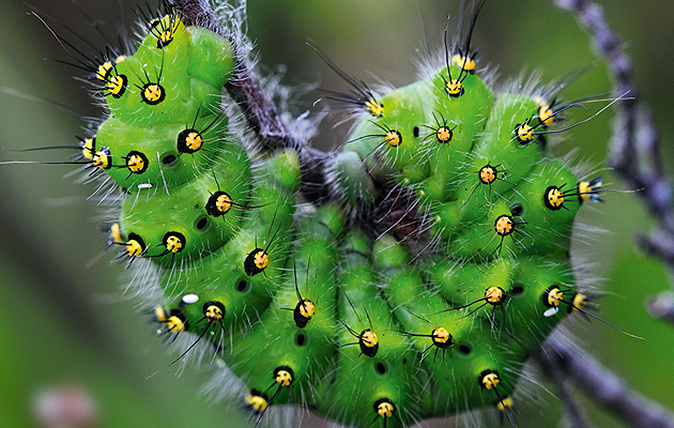
Common caterpillars: A simple guide
Are you able to tell your woolly bears from your elephant trunks?
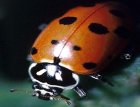
Buying and protecting ladybirds
The British ladybird is under threat from an alien species. Milly Cumming explains what you can do to help and
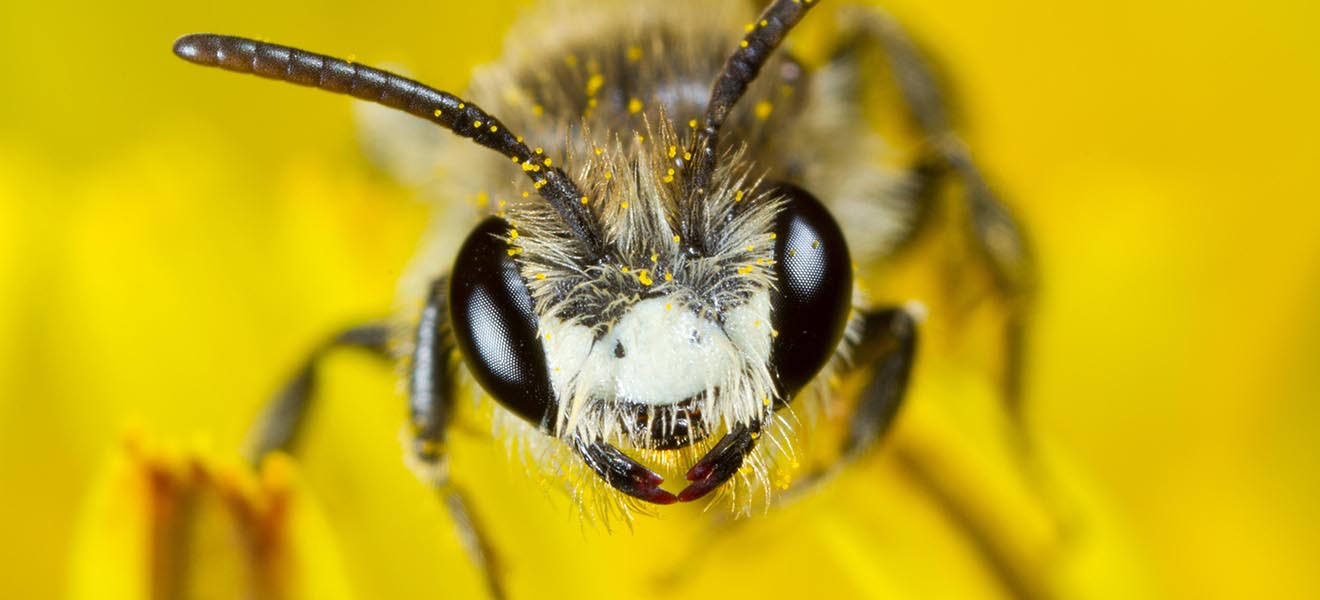
How to attract bees to your garden
Dave Goulson, Professor of Biological Sciences at the University of Sussex and founder of the Bumblebee Conservation Trust, explains how
Country Life is unlike any other magazine: the only glossy weekly on the newsstand and the only magazine that has been guest-edited by HRH The King not once, but twice. It is a celebration of modern rural life and all its diverse joys and pleasures — that was first published in Queen Victoria's Diamond Jubilee year. Our eclectic mixture of witty and informative content — from the most up-to-date property news and commentary and a coveted glimpse inside some of the UK's best houses and gardens, to gardening, the arts and interior design, written by experts in their field — still cannot be found in print or online, anywhere else.
-
 'There is nothing like it on this side of Arcadia': Hampshire's Grange Festival is making radical changes ahead of the 2025 country-house opera season
'There is nothing like it on this side of Arcadia': Hampshire's Grange Festival is making radical changes ahead of the 2025 country-house opera seasonBy Annunciata Elwes
-
 Welcome to the modern party barn, where disco balls are 'non-negotiable'
Welcome to the modern party barn, where disco balls are 'non-negotiable'A party barn is the ultimate good-time utopia, devoid of the toil of a home gym or the practicalities of a home office. Modern efforts are a world away from the draughty, hay-bales-and-a-hi-fi set-up of yesteryear.
By Annabel Dixon
-
 The birds of urban paradise: How to get twitching without leaving the city
The birds of urban paradise: How to get twitching without leaving the cityYou don't need to leave the concrete jungle to spot some rare and interesting birds. Here's a handy guide to birdspotting in Britain's towns and cities.
By Richard Smyth
-
 Food with a pinch of salt: The crops we can harvest from the sea
Food with a pinch of salt: The crops we can harvest from the seaFilling, rewarding and nutritious, vegetables and plants grown in saline environments — whether by accident or design — have plenty of potential. Illustration by Alan Baker.
By Deborah Nicholls-Lee
-
 White-tailed eagles could soon soar free in southern England
White-tailed eagles could soon soar free in southern EnglandNatural England is considering licensing the release of the raptors in Exmoor National Park — and the threat to pets and livestock is considered to be low.
By Jack Watkins
-
 Britain's whale boom and and the predator that's far scarier than a great white shark, with wildlife cinematographer Dan Abbott
Britain's whale boom and and the predator that's far scarier than a great white shark, with wildlife cinematographer Dan AbbottThe wildlife cinematographer Dan Abbott joins us on the Country Life Podcast.
By Toby Keel
-
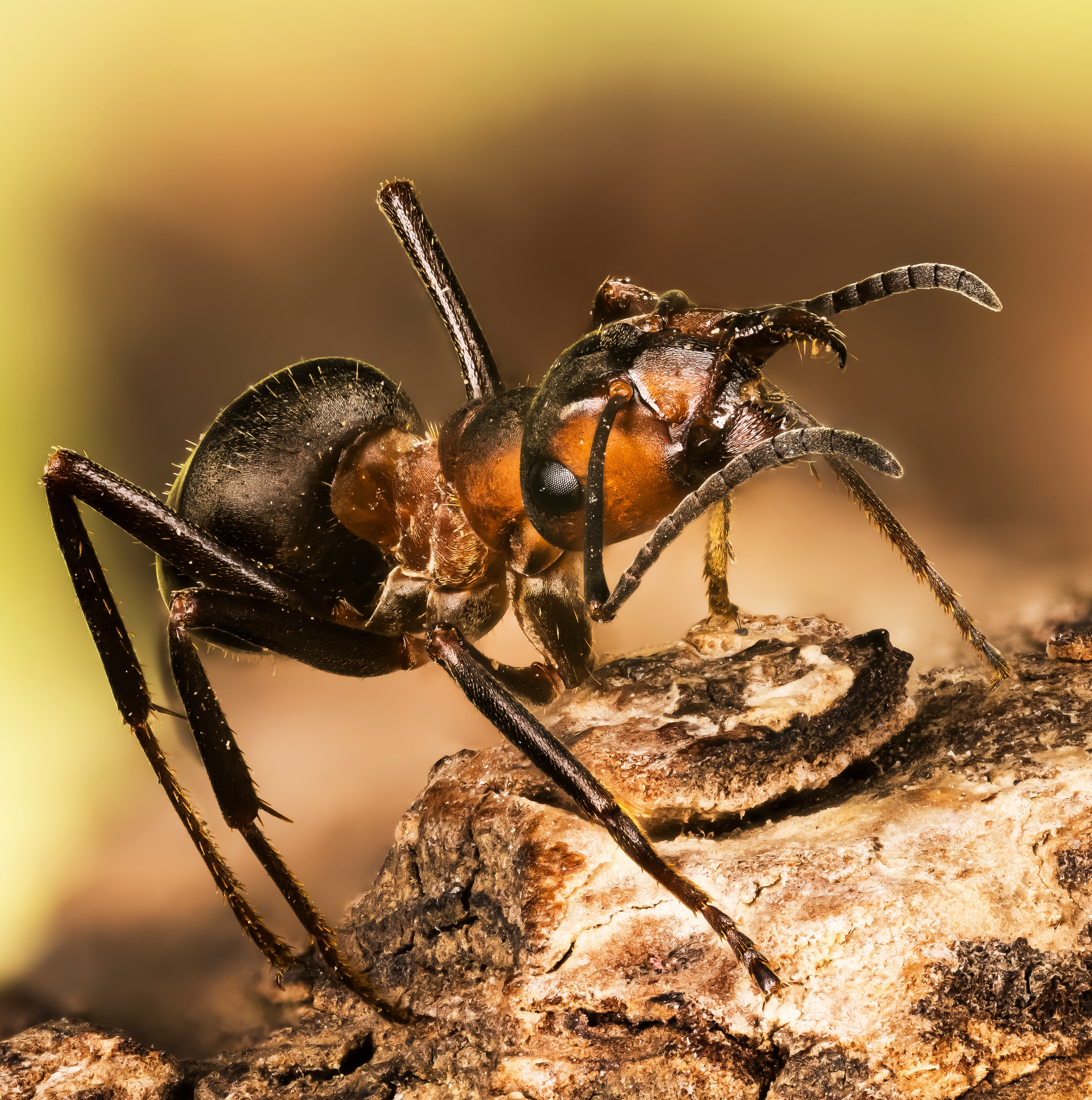 'They are inclined to bite and spray acid to protect territory': Meet the feisty red wood ant
'They are inclined to bite and spray acid to protect territory': Meet the feisty red wood antBy Ian Morton
-
 The King wants YOU: His Majesty's call-to-arms for under-35s across Britain
The King wants YOU: His Majesty's call-to-arms for under-35s across BritainThe King’s Foundation has launched its ‘35 under 35’ initiative — a UK-wide search for ‘the next generation of exceptional makers and changemakers’ who want to work holistically with Nature.
By Amie Elizabeth White
-
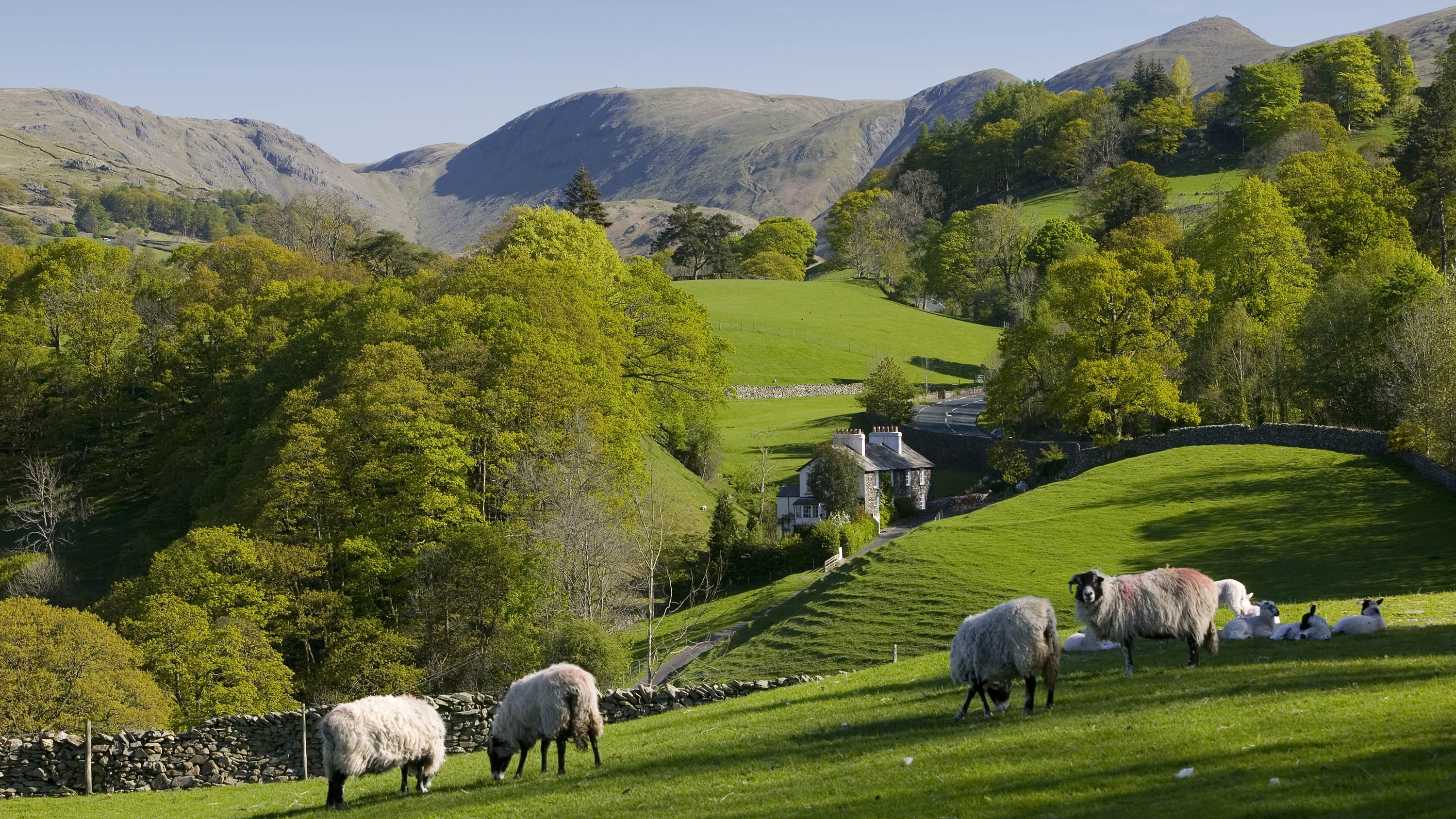 'A big opportunity for a small, crowded and beautiful country': Fiona Reynolds on how the Land Use Framework can make Britain better
'A big opportunity for a small, crowded and beautiful country': Fiona Reynolds on how the Land Use Framework can make Britain betterThe Government’s Land Use Framework should be viewed as an opportunity to be smarter with our land, but conflicts need to be resolved along the way says Fiona Reynolds, chair of the Food, Farming and Countryside Commission.
By Fiona Reynolds
-
 Dawn Chorus: A river comes to life, more mews is good mews, and the new 400-mile electric Volvo
Dawn Chorus: A river comes to life, more mews is good mews, and the new 400-mile electric VolvoRivers now have the legal right to flow, and to not be full of pollution. It's about time.
By James Fisher